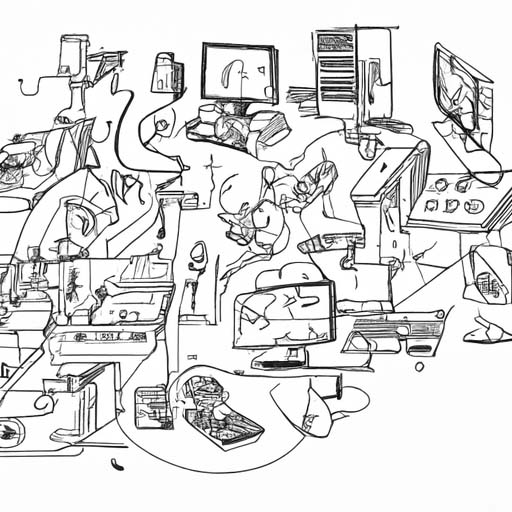Key points:
- Restaurants are increasingly using robots to automate the ordering and meal preparation process due to labor shortages and the rise of digital ordering.
- Chipotle is using a robot named Chippy to make its signature tortilla chips, while White Castle is using a robot called Flippy to flip burgers. Both chains are also using robots to improve order accuracy and fulfil digital orders during peak periods.
- The use of robots in food preparation is not new, but the post-pandemic labor shortage has accelerated their adoption.
Restaurants are turning to robots to automate the ordering and meal preparation process in response to labor shortages and the rise of digital ordering. Chains like Chipotle and White Castle are using robots named Chippy and Flippy, respectively, to streamline their operations and improve order accuracy.
Chipotle recently announced that it would use robotic technology to fill certain online orders, with a robot named Chippy making its signature tortilla chips. Designed and built by Hyphen, Chippy is a collaborative robot – or cobot – that is being tested at Chipotle Cultivate Center in California.
White Castle, known for inventing the slider, is experimenting with a robot called Flippy to flip burgers. Flippy 2, the successor to the original Flippy, has been rolled out to the chain’s 350 locations across the United States.
The use of robots in food preparation is not new, as chains such as McDonald’s, Sonic, and Checkers have been incorporating more automation technology into their stores in recent years. However, the labor shortage caused by the pandemic has accelerated the adoption of robots in restaurants.
In addition to addressing labor shortages, restaurants are also using robots to improve order accuracy and fulfill digital orders during peak periods. Chipotle, for example, has found that about 65% of its digital orders are for bowls or salads, which can easily be prepared by robots. By automating these monotonous tasks, restaurant employees have more time to serve customers at the front counters.
While the use of robots in food preparation may be unsettling for some, particularly for older generations, younger generations seem to embrace the idea. College-aged individuals, in particular, are more focused on the convenience and speed of service rather than how their food is made or delivered. They appreciate the consistency that robots can provide, ensuring that their meals taste the same every time.
Overall, the use of robots in restaurants is becoming increasingly common as chains look to streamline their operations and address labor shortages. Although it may take some individuals time to adjust, robots are expected to play a larger role in the future of food preparation.
